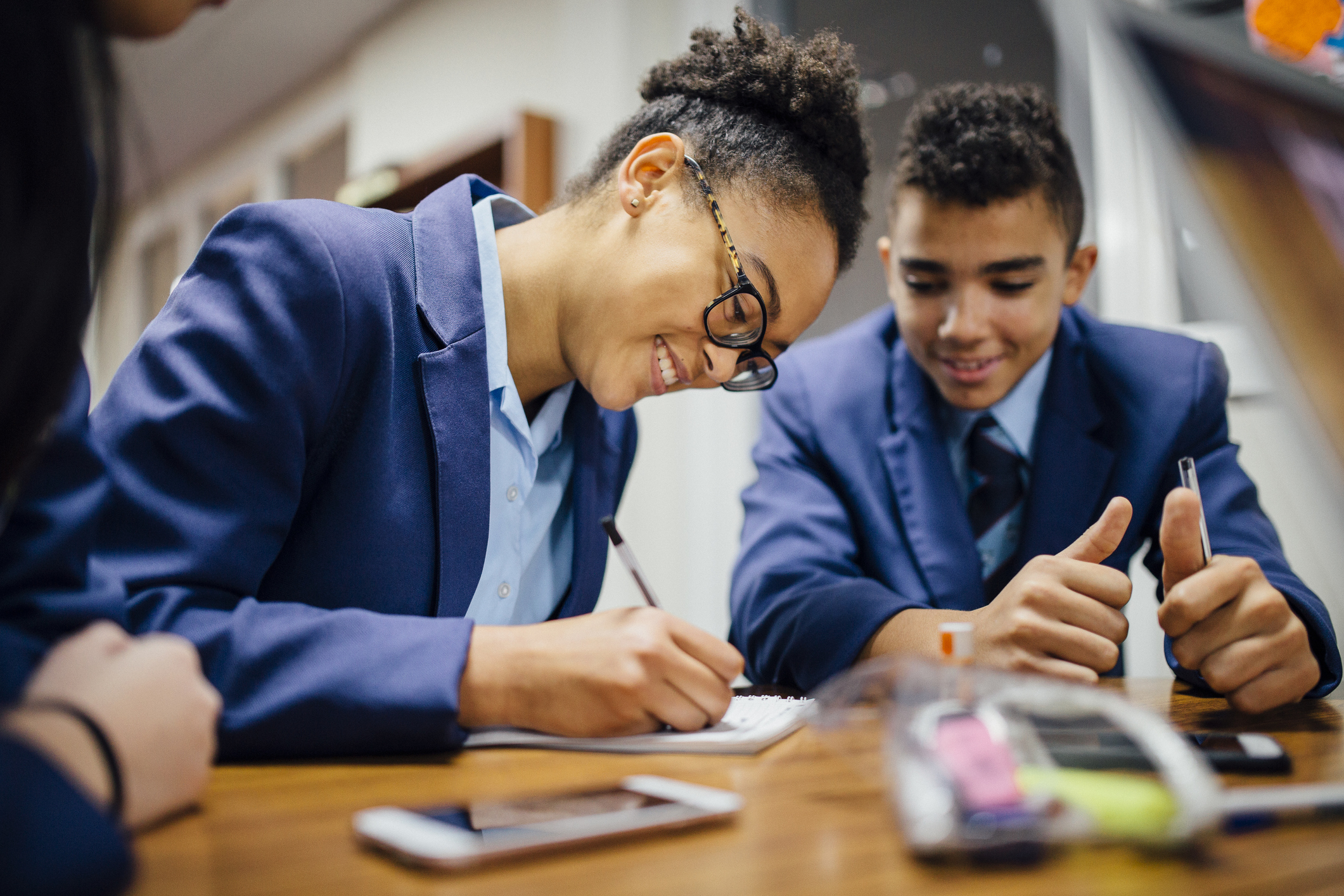
Handwriting was once a traditional school discipline, and students were expected to have clear, legible handwriting. At home, lining up dominoes, fitting together jigsaws, threading beads and playing marbles and tiddlywinks helped enhance fine motor skills and hand strength. With computers and other digital technology, the value of handwriting skills has declined, and yet handwriting is important for personal expression, communication and record keeping.
Handwriting is important for the brain.
- Writing activates more brain areas than typing.
- Handwriting improves critical thinking.
- Handwriting improves memory.
- Handwriting increases reading comprehension.
- Handwriting improves cognitive motor skills.
Dysgraphia refers to a specific learning difficulty in producing writing and is rarely diagnosed (unlike dyslexia and now more commonly dyscalculia). Often, numerous factors cause handwriting difficulties.
Handwriting instruction can be beneficial – it helps pupils develop fine motor skills, hand–eye coordination and focus – and teaching handwriting is obviously essential at primary school, particularly in the early years, but how do we help secondary school students who feel too old to practise letter formation and don't want to be singled out?
Three Ps in a POD [1]: Pen-paper-posture; progress-opportunity-differentiate.
Without the necessary tools, we can't do much, so let students choose their own pen (or pencil) and allow them to experiment with grips, weights, barrels and flow.
Also, try different material or paper – most of us struggle with neat whiteboard writing, for instance. The amount of friction between the writing implement and the surface can be an essential factor. Some writers prefer a frictionless surface, but others don't. Bear in mind that recycled paper is rougher.
As we develop negative habits, our posture deteriorates (compare how you drive now to when you were learning). Handwriting is best when the paper is oriented appropriately, the forearm is at an angle and the back is supported.
Success requires recognising the progress achieved by students – for some, it may begin with increased stamina; for others, it may be keeping letters the same size or pressure; and for yet others, it may be the pace at which they produce a piece of writing (either more quickly or else more slowly but more legibly).
Opportunities refers to the necessity to practise handwriting whenever possible and for school expectations to be consistent. We should value written work, but not at the expense of learning. Instead of a page of unintelligible writing, students could provide one-word comments or labels.
Practice matters. More handwriting practice helps students progress. Some students will need assistive technology for extended writing contexts all their lives, but they won't always use it if the writing required is brief, and even legibly handwriting their name on a printed copy of their work develops the skill.
Every subject matters. In music, students strengthen finger muscles when playing instruments; in PE and DT, they learn to grip different tools and equipment; and in art, they can explore diverse media and mark makers. One of my students struggled with handwriting but produced intricate drawings. We explored with calligraphy pens for her, letting her see handwriting as a form of art.
Some students need something different. Short breaks, frameworks, technology, and content-based marking are ways to differentiate, while warm-ups help all students.
Like a gym session, writing should begin with a warm-up. A two-minute finger stretch and hand muscle warm-up during thinking time doesn't detract from the curriculum but can help foster legible and sustained output.
Simple, non-distracting warm-ups include:
- rolling a pen under the palm of the hand
- wiggling the fingers as if rapidly playing an air piano
- pushing the hands firmly together.
Handwriting is an important life skill. Computers and technology have lessened the importance of handwriting, but schools should still encourage it. By providing the necessary equipment, teaching proper posture, recognising progress and offering practice (the 3Ps in a POD), we can assist young people in improving their handwriting.
For more information on the 3 Ps in a POD, further strategies to support handwriting, and an intervention program and assessment tools for handwriting, download Abigail’s Dysgraphia toolkit.
[1] Thanks go to Gemma Banks (school-based occupational therapist) for her 3 Ps in a POD that formed the basis of this idea.
